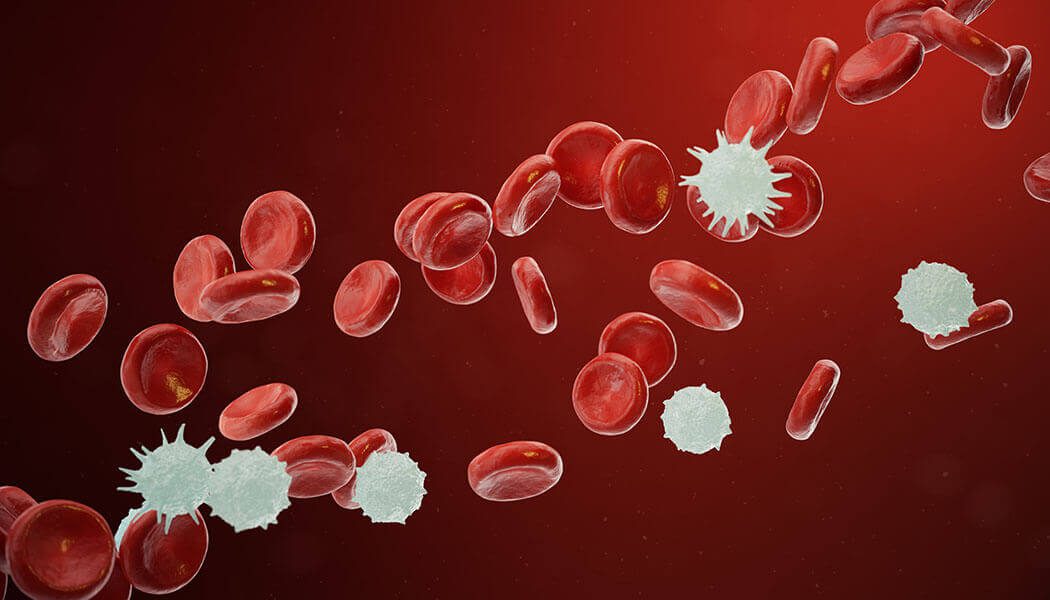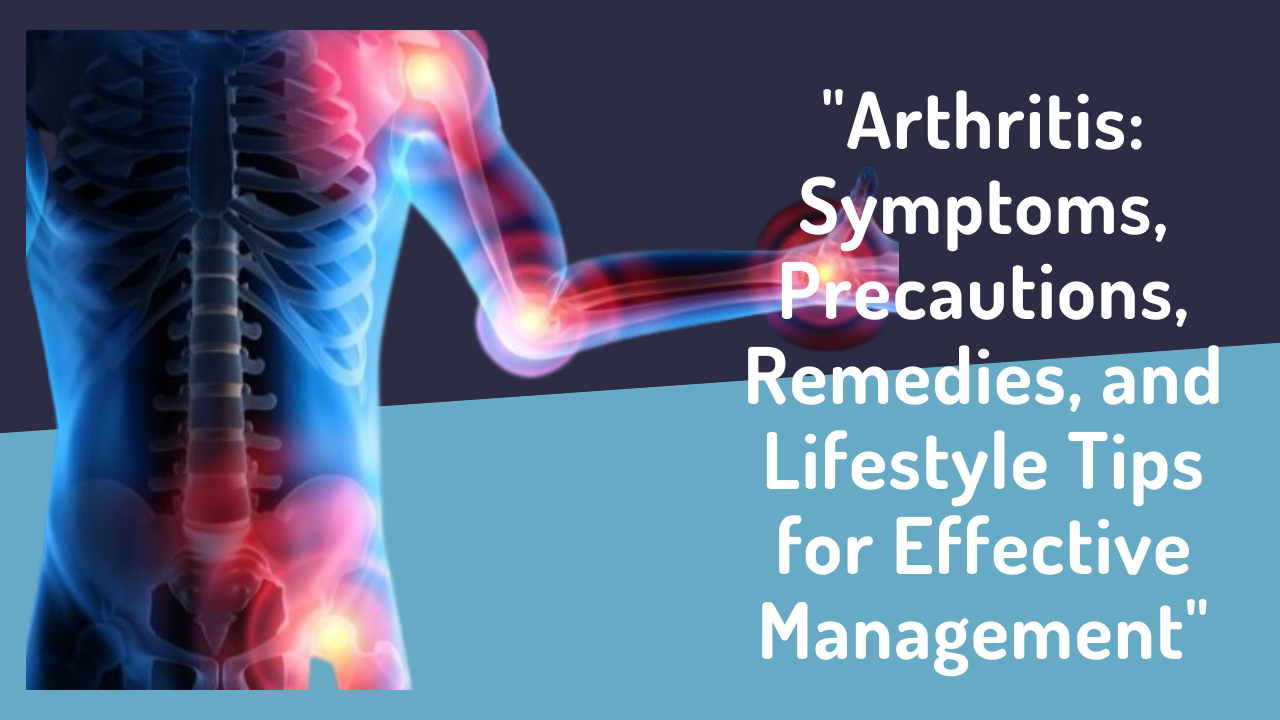
Blood cancer, also known as hematologic or haematological malignancy, refers to a group of cancers affecting the blood, bone marrow, and lymphatic system. Unlike solid tumours, which occur in organs like the breast, lung, or colon, blood cancer originates in the cells that produce blood cells and the immune system’s cells. There are three main types of blood cells: red blood cells, white blood cells, and platelets.
It is important to note that there exist three primary forms of blood cancer:
- Leukemia: This type of blood cancer originates in the bone marrow, where blood cells are produced. It results in the overproduction of abnormal white blood cells, which crowd out healthy cells. Leukemia can be acute (develops quickly and aggressively) or chronic (progresses more slowly). Common types of leukemia include acute lymphoblastic leukemia (ALL), acute myeloid leukemia (AML), chronic lymphocytic leukemia (CLL), and chronic myeloid leukemia (CML).
- Lymphoma: Lymphomas originate in the lymphatic system, which is part of the immune system and includes lymph nodes, spleen, thymus, and bone marrow. Lymphoma involves the abnormal growth of lymphocytes, a type of white blood cell. There are two main categories of lymphoma: Hodgkin lymphoma and non-Hodgkin lymphoma (NHL).
- Multiple Myeloma: This type of blood cancer specifically affects plasma cells, which are a type of white blood cell that produces antibodies. Multiple myeloma results in the overproduction of abnormal plasma cells in the bone marrow, which can weaken bones and suppress the production of healthy blood cells.
The exact causes of blood cancer are often complex and can involve genetic mutations, environmental factors, exposure to certain chemicals, radiation, and sometimes viral infections. Symptoms of blood cancer can vary depending on the type and stage of the disease but often include fatigue, unexplained weight loss, frequent infections, bruising or bleeding easily, swollen lymph nodes, and bone pain.
“Understanding Cancer: Causes, Symptoms, and Treatment Options”
Diagnosis typically involves blood tests, bone marrow biopsies, and imaging scans. Treatment options vary depending on the type and stage of blood cancer and may include chemotherapy, radiation therapy, targeted therapies, immunotherapy, stem cell transplantation, and in some cases, watchful waiting for slow-progressing cases.
Early detection, accurate diagnosis, and appropriate treatment are essential for managing blood cancers effectively and improving patient outcomes.
Blood cancer, also known as leukaemia, can present a range of symptoms that vary depending on the type and stage of the disease.
These are common signs that may occur when blood cancer first develops:
- Fatigue and Weakness: Feeling unusually tired or weak, even after getting adequate rest, can be an early symptom of blood cancer. This fatigue might be more severe than ordinary tiredness.
- Unexplained Weight Loss: Sudden and significant weight loss without changes in diet or exercise can be a sign of blood cancer. This is often accompanied by a loss of appetite.
- Frequent Infections: Blood cancers can suppress the immune system, making the body more susceptible to infections. Recurrent or persistent infections might be an indicator.
- Bruising and Bleeding: Easy bruising, excessive bleeding from minor cuts, and frequent nosebleeds can occur due to abnormal levels of platelets and red blood cells.
- Bone and Joint Pain: Pain in the bones and joints, often described as deep and aching, can be a symptom, especially in acute forms of leukemia.
- Swollen Lymph Nodes: Enlarged lymph nodes, especially in the neck, armpits, and groin, can be a sign of blood cancer as the disease affects the lymphatic system.
- Pale Skin and Fatigue: Anemia, which is common in blood cancers, can lead to symptoms like pale skin, shortness of breath, and increased heart rate.
- Night Sweats and Fever: Unexplained night sweats and fever can be indicative of blood cancer. These symptoms often worsen over time.
- Abdominal Discomfort: An enlarged spleen or liver due to the accumulation of cancerous cells can cause discomfort or pain in the abdomen.
- Feeling Full Quickly: An enlarged spleen can also lead to early satiety or a feeling of fullness even after consuming small amounts of food.
- Flu-like Symptoms: Some people might experience symptoms resembling the flu, such as fever, chills, and body aches.
- Neurological Symptoms: In some cases of blood cancer involving the central nervous system, symptoms like headaches, confusion, and changes in vision might occur.
- Skin Changes: Some forms of blood cancer can cause skin changes, including reddened patches, small red spots (petechiae), or ecchymosis (large bruise-like patches) due to bleeding under the skin.
- Breathlessness: Shortness of breath or difficulty breathing can occur due to anaemia, low platelet levels, or the presence of cancer cells in the lungs.
- Chest Pain: Chest discomfort or pain can result from an enlarged thymus gland or the presence of cancer cells in the chest area.
- Abnormal Blood Clotting: Blood cancers can disrupt the body’s ability to regulate clotting, leading to symptoms such as deep vein thrombosis (blood clots in the legs) or pulmonary embolism (blood clots in the lungs).
- Headaches: Headaches can be caused by increased pressure in the brain due to the accumulation of cancerous cells or the involvement of the central nervous system.
- Dizziness or Lightheadedness: Anemia resulting from blood cancer can lead to reduced oxygen delivery to the brain, causing dizziness or feelings of lightheadedness.
- Unexplained Pain: Pain in various parts of the body, including the back, hips, or chest, can be a symptom of blood cancer.
- Changes in Vision or Hearing: Blood cancer affecting the eyes or ears can lead to changes in vision or hearing.
- Enlarged Tonsils: Enlarged tonsils or adenoids can occur, particularly in cases of lymphoma affecting these areas.
- Gastrointestinal Symptoms: Blood cancer can sometimes affect the digestive system, leading to symptoms such as nausea, vomiting, diarrhoea, or discomfort after eating.
- Easy Fractures: Weakened bones due to cancer infiltration can make bones more susceptible to fractures from minor injuries.
- Difficulty Swallowing: Blood cancer affecting the throat or oesophagus can cause difficulty in swallowing or a sensation of something being stuck in the throat.
- Mental Health Changes: A blood cancer diagnosis can lead to emotional distress, anxiety, and depression. Coping with the emotional aspects of the disease is an essential part of overall well-being.
It’s important to emphasize that these symptoms can vary widely depending on the type of blood cancer, its stage, and individual factors. If you’re experiencing persistent or concerning symptoms, it’s advisable to seek medical attention. A healthcare professional can conduct appropriate tests, examinations, and evaluations to determine the underlying cause and guide you toward appropriate treatment if necessary.
“Unlocking the Secrets of Global Warming: Understanding, Impacts, and Solutions”
Treatment of Blood Cancer
The treatment for blood cancer depends on several factors, including the specific type of blood cancer, the stage of the disease, the patient’s overall health, and individual preferences. Treatment strategies are typically personalized to each patient’s situation. Here are some of the common treatment options for different types of blood cancer:
1. Leukemia:
- Chemotherapy: This is a common treatment for leukemia, involving the use of powerful medications to kill cancer cells.
- Targeted Therapy: These drugs target specific molecules involved in cancer growth and are used to treat certain types of leukemia.
- Stem Cell Transplantation: Also known as a bone marrow transplant, this procedure replaces diseased bone marrow with healthy stem cells from a donor.
- Radiation Therapy: High-energy rays are used to target and destroy cancer cells.
- Immunotherapy: This treatment helps the immune system recognize and attack cancer cells.
2. Lymphoma:
- Chemotherapy: It’s a primary treatment for lymphoma, and different types of chemotherapy drugs may be used.
- Radioimmunotherapy: A combination of radiation therapy and targeted immunotherapy.
- Targeted Therapy: Drugs that specifically target lymphoma cells’ characteristics.
- Stem Cell Transplantation: For certain cases of aggressive lymphomas, stem cell transplantation may be considered.
- Monoclonal Antibody Therapy: These drugs attach to specific proteins on cancer cells and can trigger an immune response.
3. Multiple Myeloma:
- Chemotherapy: Often used in combination with other treatments.
- Targeted Therapy: Drugs that target specific molecules involved in cancer growth.
- Stem Cell Transplantation: This is commonly used in younger patients to replace diseased bone marrow with healthy stem cells.
- Immunomodulatory Drugs (IMiDs): These drugs affect the immune system and have shown effectiveness against multiple myeloma.
- Proteasome Inhibitors: Drugs that inhibit the actions of proteasomes in cancer cells, causing them to die.
It’s important to note that blood cancers can be complex and treatment plans may involve a combination of these approaches. Additionally, clinical trials offer patients access to experimental treatments that might show promising results.
Medical professionals, including hematologists and oncologists, work closely with patients to develop a personalized treatment plan. Factors such as the patient’s age, overall health, genetics, and the specific characteristics of the cancer play a significant role in determining the best course of action. The goal of treatment is to achieve remission, manage symptoms, and improve the patient’s quality of life. Patients are encouraged to have open discussions with their healthcare team to make informed decisions about their treatment options.




